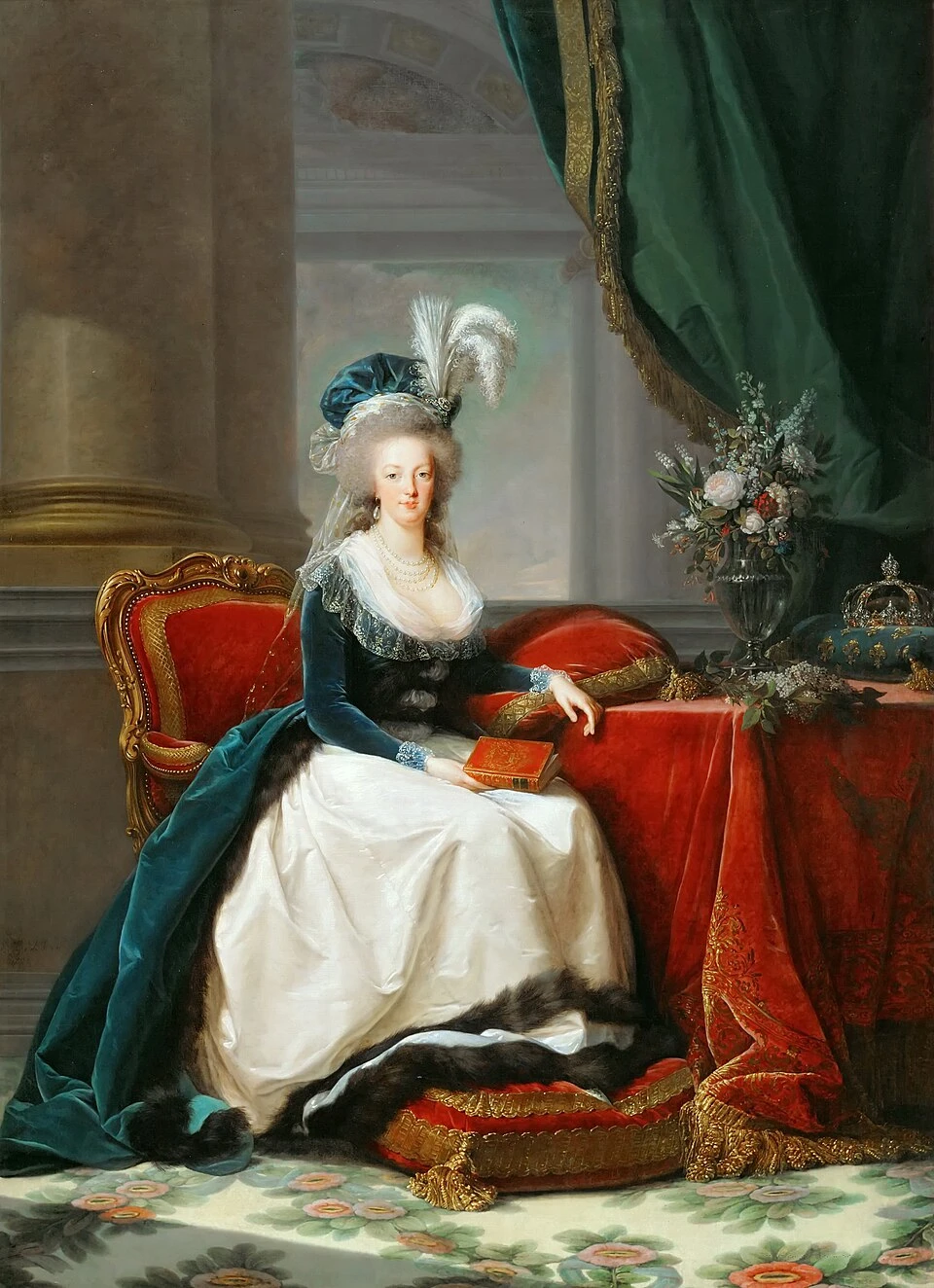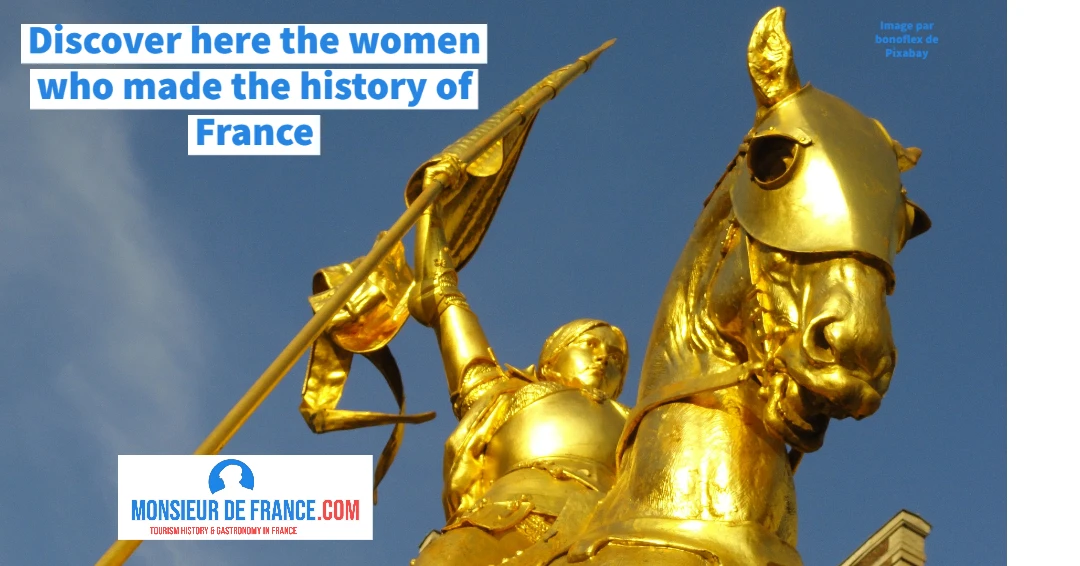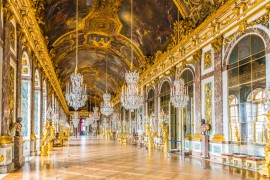A Viennese childhood
Marie-Antoinette was born in Vienna on November 2, 1755. She was the fifteenth of sixteen children born to Empress Maria Theresa of Austria and Emperor Francis I. Her full name was Maria Antonia Josepha Johanna. Unlike her siblings, she received a fairly light education. She learned music, dance and horseback riding, but her progress in languages and politics remained limited. She spoke awkward French, which played tricks on her at the French court. She grew up in an atmosphere of pageantry, between concerts, theatrical performances and grand ceremonies. Yet from childhood, her destiny was mapped out: like all Maria Theresa's daughters, she was a piece in the Habsburg political chessboard. In 1770, Marie-Antoinette was chosen to marry Louis-Auguste, dauphin of France. She was only 14 years old. This marriage was intended to seal the alliance between France and Austria, two powers that had long been enemies.
Marie Antoinette at 13 shortly before her marriage to Louis XVI / attributed to Martin van Meytens - http://www.ladyreading.net/marieantoinette/big/marie35.jpg, Domaine public, https://commons.wikimedia.org/w/index.php?curid=1021678
Arrival in France and beginnings at Versailles
In May 1770, the wedding was celebrated at Versailles. The ceremony was grandiose: over 5,000 guests, fireworks, celebrations throughout the kingdom. But the pomp did not mask the young dauphine's difficulties. She discovers a world where every gesture is codified:at Versailles, one eats, dresses and even sleeps in public. This strict etiquette shocks the young woman. Louis-Auguste is shy, passionate about hunting and locksmithing, and delays consummating the marriage. This situation fuels mockery and rumors. Little by little, Marie-Antoinette forged her image as a graceful, elegant princess. She fascinates with her beauty and allure. But behind the pomp, the critics grow: too Austrian, too frivolous.
Marie Antoinette and her children, by Elisabeth Vigée-Lebrun. They include the future "Madame Royale" Marie Thérèse (the Queen's eldest daughter), the first Dauphin (who died of tuberculosis in 1789), and the young Duke of Normandy (who became Dauphin and died in Temple Prison at the age of 12). The empty cradle refers to the absence of "Madame Sophie", the last child of Marie Antoinette and Louis XVI, who died as an infant, very recently, when the painting was done by the Queen's official painter;
👉 Also read: Visiting Versailles, what to see absolutely
From dolphin to queen: a fragile popularity
In 1774, on the death of Louis XV, Marie-Antoinette became Queen of France at just 19 years of age. She then embodied a modern image of royalty: elegant, vivacious, turned towards fashion and pleasure. Her extravagant hairstyles and daring dresses set trends throughout Europe. She imposed the "gaulle dress", simple and light, which shocked with its too rustic appearance for a queen but seduced the ladies of the court. At the Petit Trianon, an estate donated by Louis XVI, she created an intimate refuge. There, she had the Hameau de la Reine built, a pastoral village where she enjoyed playing farmer. This taste for simplicity amused those close to her, but shocked public opinion. Criticism became increasingly violent: she was nicknamed "the Austrian", she was thought to have lovers, she was accused of excessive spending.
Le petit Trianon / Image Pack-Shot/Schutterstock.com
The necklace scandal and the end of innocence
In 1785, the Affaire du Collier de la Reine broke out. A jewel composed of 647 diamonds became the object of a swindle. Although innocent, Marie-Antoinette was accused of having wanted to acquire it in secret. Public opinion went wild: the queen was now associated with luxury and contempt for the people. This episode, relayed by hundreds of pamphlets, ruined her reputation for good.
The crisis years: Revolution on the march
The late 1780s were marked by a deep crisis. Harvests fail, bread prices soar, the state debt is immense. On July 14, 1789, the Bastille is taken. It's the end of a world. Marie-Antoinette tries to persuade Louis XVI to resist, but on October 5 and 6, 1789, Parisians march on Versailles and force the royal family back to the Tuileries.
Marie Antoinette Reine de France : By Jean-Baptiste André Gautier-Dagoty - This file is derived from : Marie-Antoinette; koningin der Fransen.jpg:, Domaine public, https://commons.wikimedia.org/w/index.php?curid=111093569
The Queen as prisoner: Tuileries and Varennes
In Paris, Marie-Antoinette lives under constant surveillance. She loses her role as sovereign to become a prisoner of the nation. In June 1791, she and Louis XVI organize the famous fuite de Varennes. Disguised, the royal family left Paris, but she was arrested at Varennes and brought back to Paris to jeers. This failure sealed the end of the constitutional monarchy. From then on, Marie-Antoinette was considered a traitor, ready to hand France over to Austria.
Marie Antoinette at the Tuileries in 1792 / By Alfred Elmore - Personal work, Tylwyth Eldar, 2018-08-03 11:31:14, Public domain, https://commons.wikimedia.org/w/index.php?curid=73983910
Trial and death
In August 1792, the monarchy was abolished. Louis XVI is guillotined on January 21, 1793. Marie-Antoinette, henceforth known as "the widow Capet", is imprisoned at the Conciergerie. Her trial opens in October 1793. The charges are heavy: treason, espionage, incest. This last accusation, ignoble, shocks even her enemies. On October 16, 1793, Marie-Antoinette is guillotined on the Place de la Révolution. She maintains her dignity to the end, and her last words, "Pardon, monsieur, je ne l'ai pas fait exprès", addressed to the executioner, testify to her strength. She was initially buried in a mass grave, before being transferred in 1815 to the Basilica of Saint-Denis.
The Trial of Marie Antoinette / By After Pierre Bouillon - Musée Carnavalet [1], Domaine public, https://commons.wikimedia.org/w/index.php?curid=64766992
Memory and image of Marie-Antoinette
In the XIXᵉ century, Marie-Antoinette became a tragic heroine in Romantic literature. Writers like Lamartine exalt her grace and misfortune. In cinema, she became a fashion and cultural icon, notably in Sofia Coppola's film (2006). Today, she still fascinates: victim of the Revolution for some, symbol of a disconnected Ancien Régime for others. At Versailles, the Petit Trianon and the Queen's Hamlet attract thousands of visitors every year. Marie-Antoinette remains associated with elegance and tragedy.
Marie Antoinette by Élisabeth Vigée Le Brun- Source unknown, Public domain, https://commons.wikimedia.org/w/index.php?curid=4120584
FAQ Marie Antoinette
Who was Marie-Antoinette in French history?
Marie-Antoinette (1755-1793) was the wife of Louis XVI and the last queen of the Ancien Régime.
What role did Marie-Antoinette play at Versailles?
She launched fashions, made the Petit Trianon a refuge and created the Hameau de la Reine.
Why was Marie-Antoinette nicknamed "the Austrian"?
Because she was born in Vienna, and her origins fed the mistrust of the French people.
What was the scandal surrounding the Queen's necklace?
In 1785, a scam involving a diamond necklace ruined her reputation, even though she was innocent.
What is the Varennes leak?
In 1791, the royal family attempted to flee but were arrested at Varennes, sealing the fall of the monarchy.
When and how did Marie-Antoinette die?
She was guillotined on October 16, 1793 in Paris, after a summary trial.
Where does Marie-Antoinette rest today?
Since 1815, she has been laid to rest in the Basilica of Saint-Denis, necropolis of the kings of France.

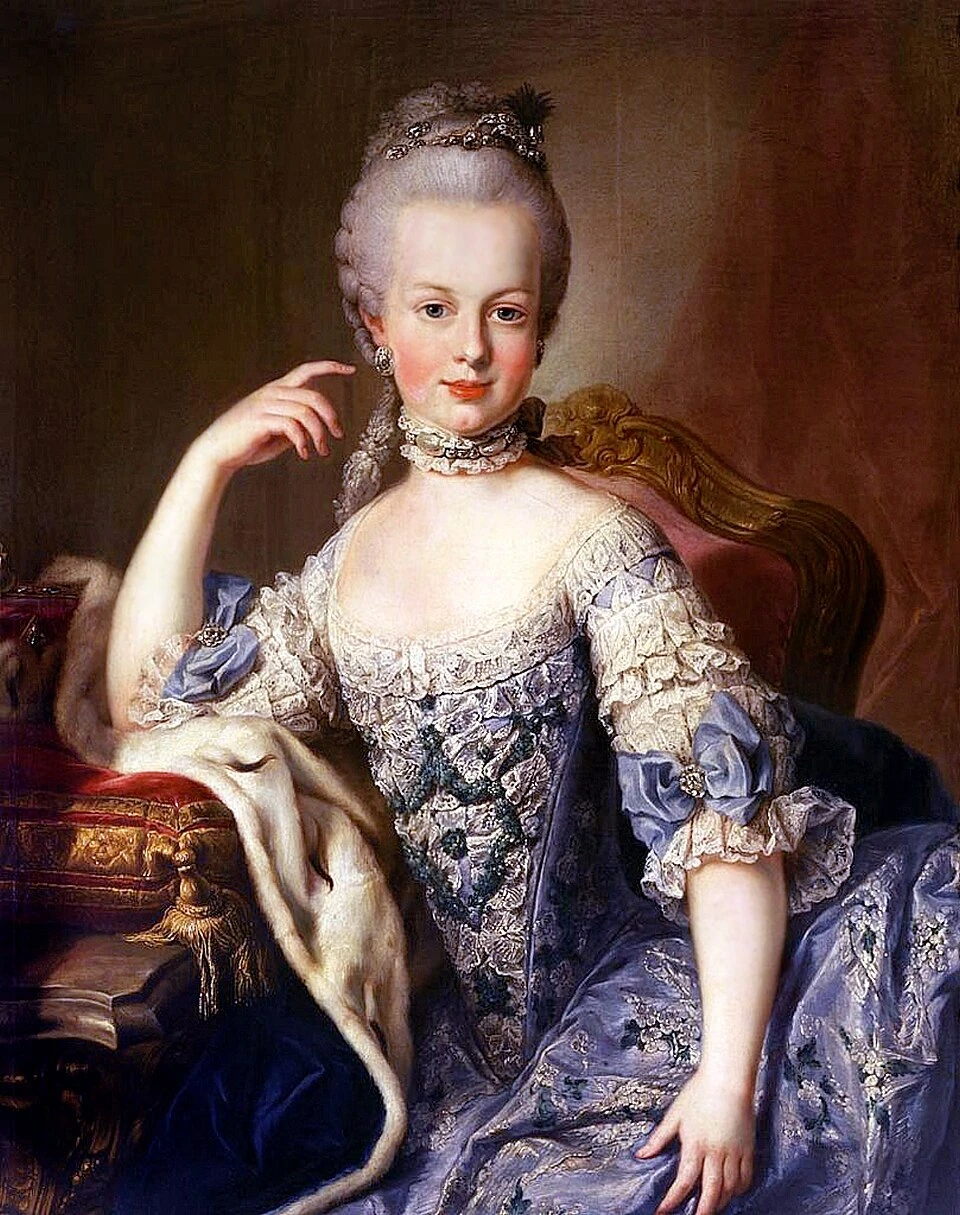

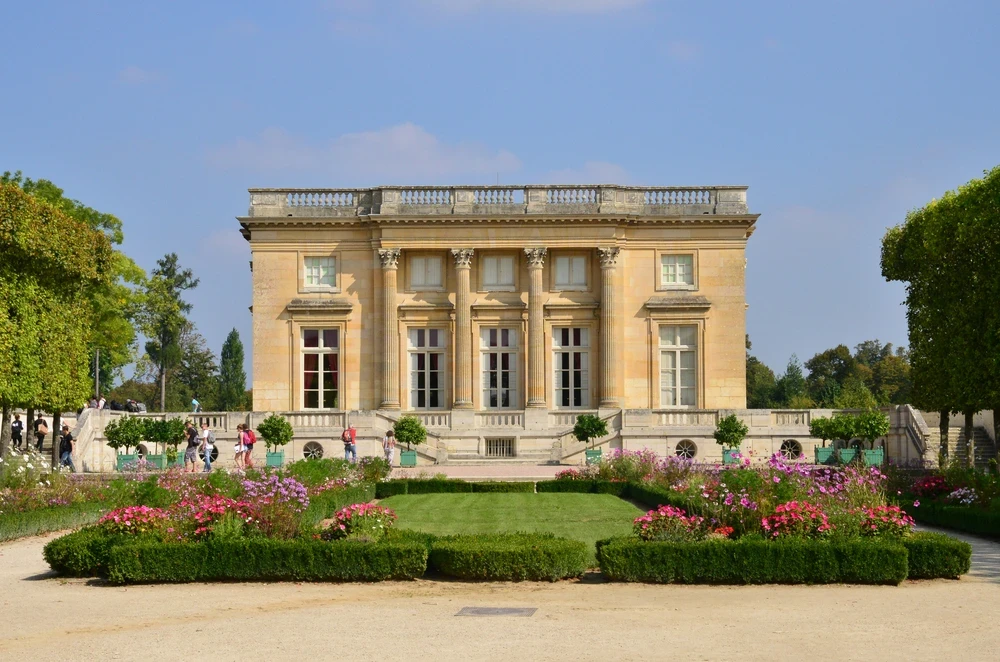
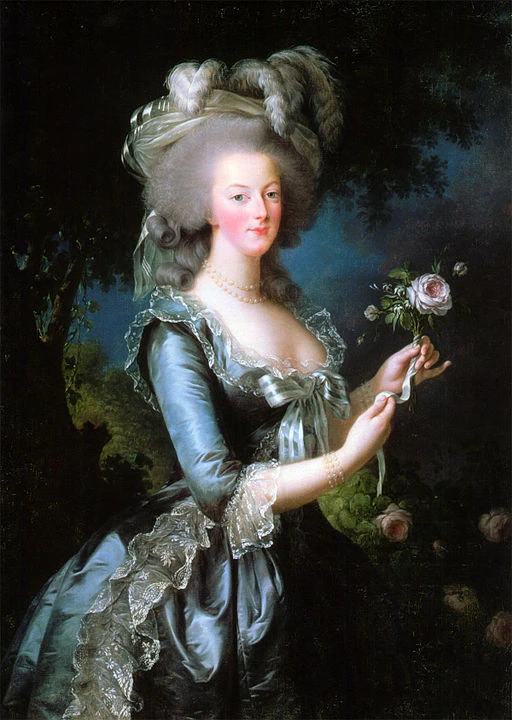
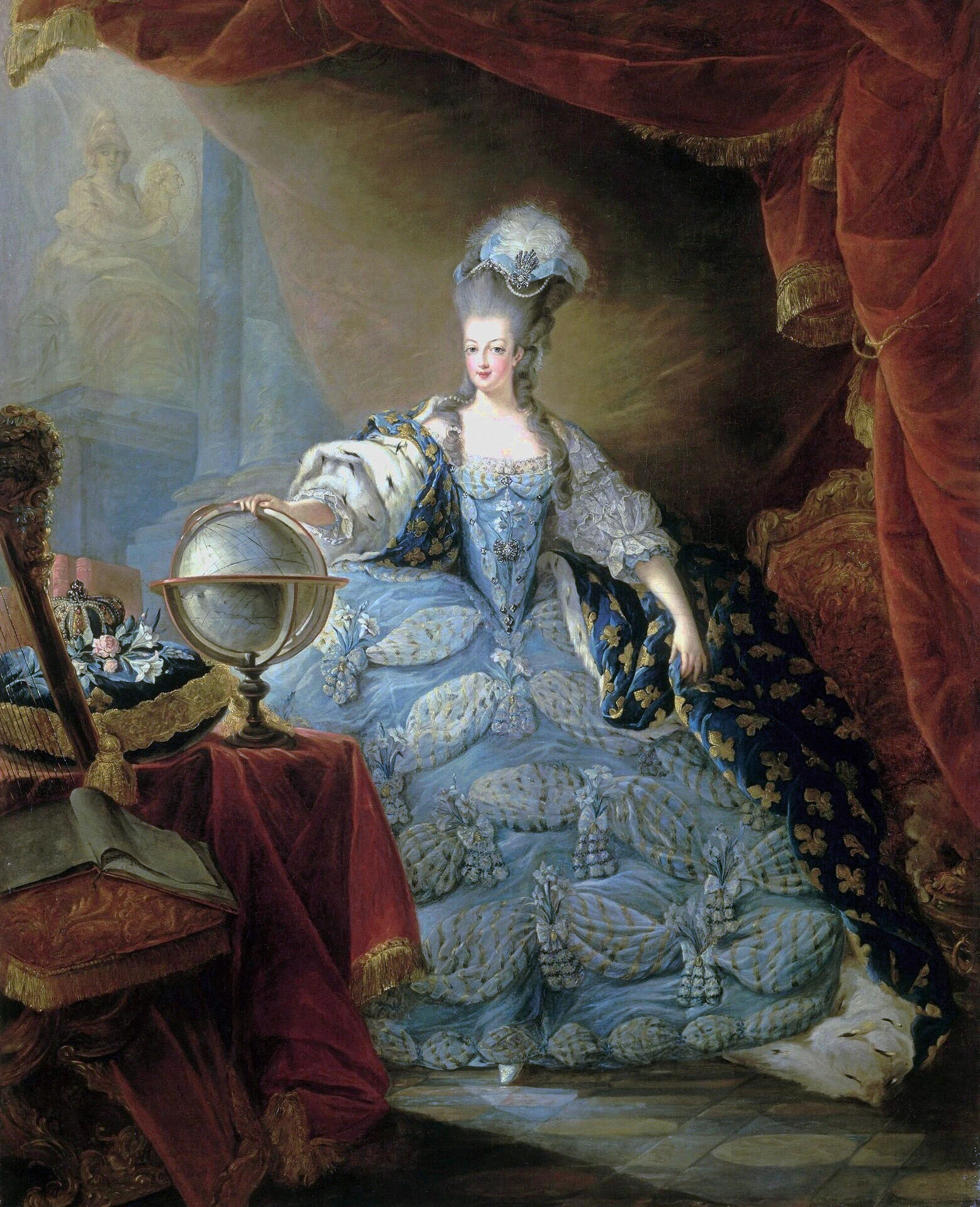
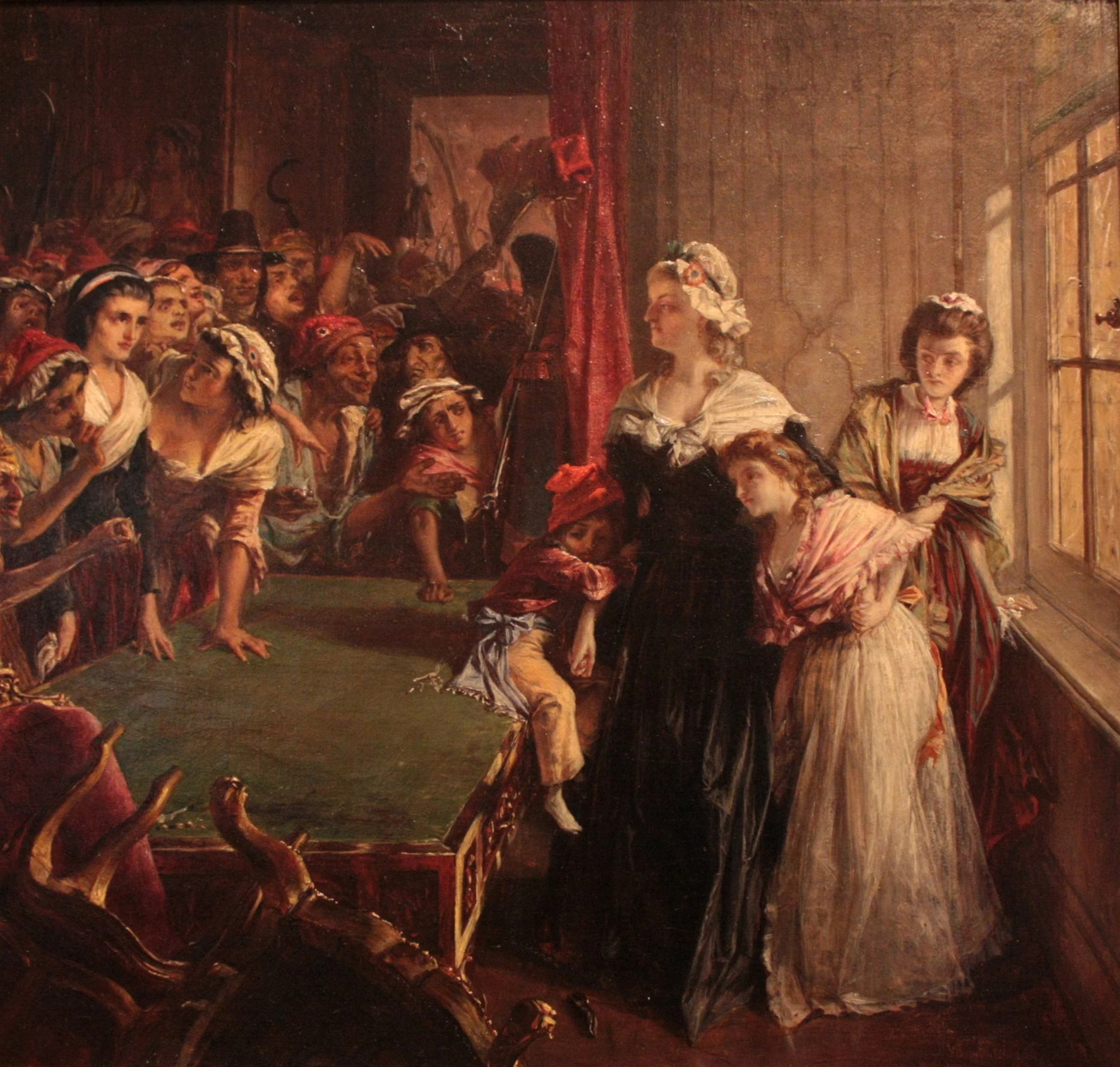
![Le procès de Marie Antoinette / Par D’après Pierre Bouillon — Musée Carnavalet [1], Domaine public, https://commons.wikimedia.org/w/index.php?curid=64766992](https://monsieur-de-france.com/media/cache/ludodev_compress_webp/uploads/images/proces-de-marie-antoinette-le-15-octobre-1793-1758797346.jpg)
